Tue 5 Dec 2017
Why parts of West Marin look the way they do
Posted by DavidMitchell under Uncategorized
Comments Off on Why parts of West Marin look the way they do
Inverness’ Jack Mason Museum of West Marin History on Sunday revived from a 1990 show a fascinating exhibit of some of the architectural styles notable in West Marin during the past 150 years.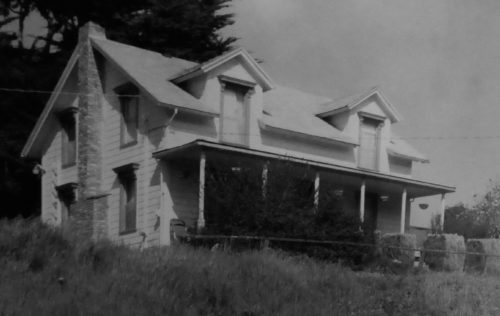
Tocaloma. This farm house on Platform Bridge Road went up around 1865. As the display notes, it is “a simple Italianate house modified by a gable roof with dormers. The projecting architectural moldings supported on consoles at the head of the windows are typical [of the style].”
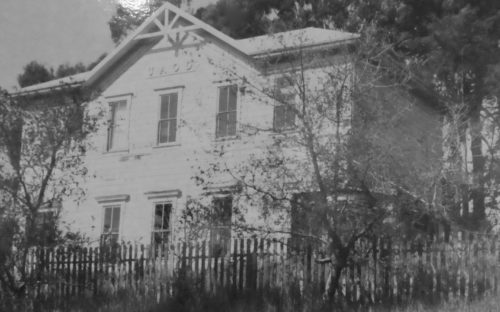
Southwest of Tocaloma, in Olema stands Druids’ Hall. It was built in 1885 as a social hall for the Ancient Order of Druids, a fraternal organization founded in London in 1781. It is now operated by Sir and Star inn and restaurant.
The museum display describes the building as “handsomely proportioned with details similar to the Olema Hotel” where Sir and Star is located. The design of both buildings is “attributed to Joseph Codoni, the carpenter craftsman who combined his skill in traditional building using local materials, with pictured details from pattern books.”
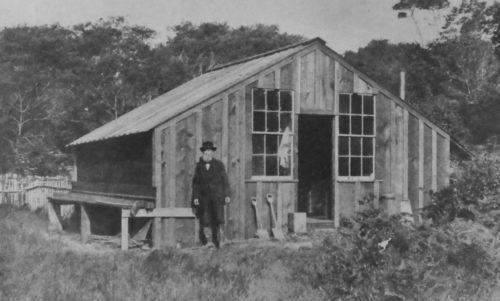
The first house in Inverness was built by Capt. Alexander Baily. About 1900 Baily enlarged it to accommodate children and other family members. “A wing with gabled roof was added, thus creating more attic and the name ‘The Gables,'” according to the exhibit. For years it was the home of historian Jack Mason, his wife Jean, and daughter Barbara. Jack left the home for use as a museum when he died in 1985. The exhibit notes that the late architect “Ted Boutmy skillfully did the architectural remodeling.”
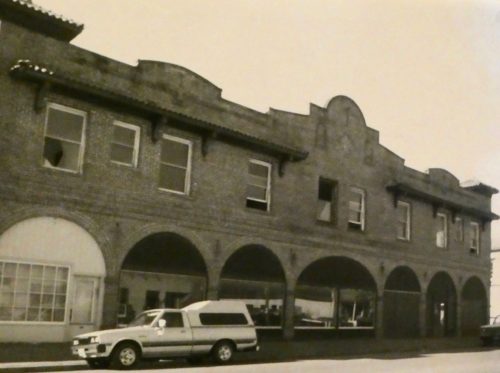
Point Reyes Station. There are some surprises in the display. Most West Marin residents are familiar with the Mission Revival architecture of the derelict Grandi Building, which was built as Hotel Point Reyes after an earlier brick building was destroyed in the 1906 earthquake.
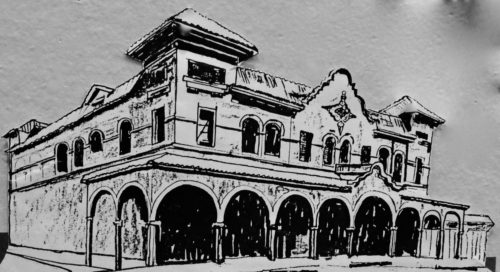
The surprise is in Visalia, Tulare County, where the Hyde Business Block included this near-identical twin of the Grandi Building (as seen in a 1906 sketch). The architect is listed as B.G. McDougall.
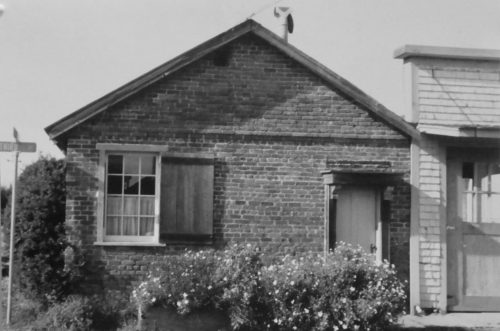
Still standing at the corner of Third and C streets in Point Reyes Station is an old, brick structure which was built around 1907 as the Taddeucci Bakery with an adjoining house. The bricks and corrugated iron roof “perhaps … were there to make the bakery fireproof,” the museum display speculates.
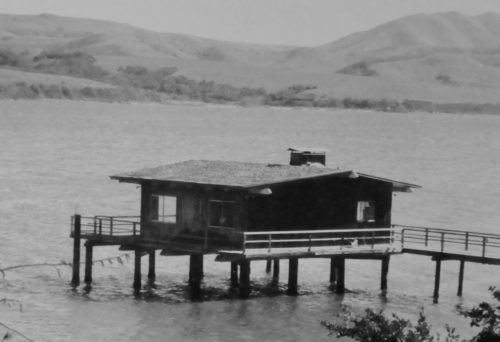
Home on pilings over Tomales Bay. “Since early days, over-water houses have been a characteristic feature in West Marin,” the exhibition notes. “Two types of construction are evident: buildings which rest partially on land above the high-tide line and extend over the bay on pile supports, and structures built entirely over the water at some distance from the shore and approached on oiled, wooden walkways.” This Inverness home built in 1955 was designed by architect Harold Wagstaff. The display comments this is “perhaps the last of the over-water houses because of coastal regulations.”
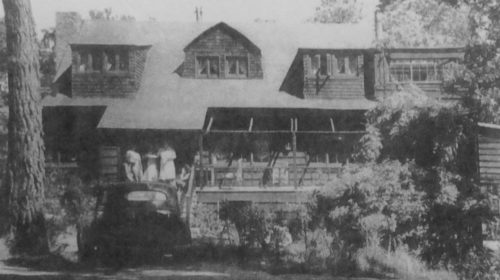
Highland Lodge, as seen in its “heyday,” on Callendar Way in Inverness was built in the early 1900s by Mary Florence Burris. She immediately set up the two story house as a full-board hotel, and in 1908, she had another two-story house built nearby for her home and as a residence for her staff, most of whom were relatives.
The lodge began attracting many prominent guests, including future President Warren G. Harding, and in 1909, Mary advertised that “Highland Lodge is open only to those who give satisfactory references.”
Mary put her young niece Grace through teachers’ college in San Francisco, and Grace went on to teach for two years (between 1915 and 1917) at the one-room Marshall School. Grace later became a teacher and then principal at Belvedere School. “As Mary grew older, her niece Mabel took on more and more responsibility,” Meg Linden wrote in the exhibit’s program, and when Mary “died on Dec. 3, 1942, Mabel soon closed down the lodge.”
In recent years, it has been the home of former Marin County Planning Commissioner Wade Holland and his late wife Sandra.
